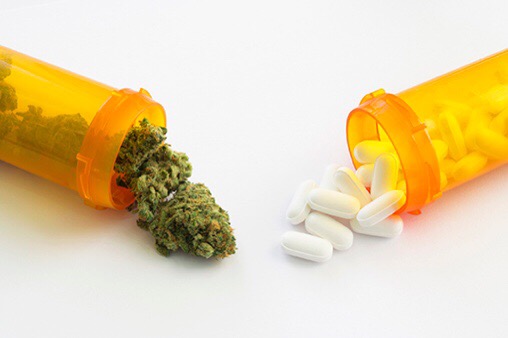Implications of Marijuana Legalization and Opioid Use to the Workplace and the Workers’ Compensation System
Most do not know that the opioid epidemic, the parallel heroin epidemic and the momentum towards marijuana legalization are all interrelated. In this session at WCI’s 2017 Workers’ Compensation Educational Conference, Mark Pew, Senior Vice President at PRIUM, discussed the impact of these drugs on the workers’ compensation system and what the future holds.
The mantra being used by advocates around the country is that marijuana could be the solution for the opioid epidemic. In the workers’ compensation system, there is growing acceptance that marijuana can be a viable medical treatment, which has led to payers reimbursing for cannabis in at least six states – all while marijuana is still a federally illegal controlled substance.
Medical marijuana legalization has reduced opioid-related hospitalizations and has had no impact on marijuana-related hospitalizations. However, there is a federal bureaucracy due to the fact that it’s still a schedule 1 drug. High-quality evidence shows that it significantly reduces symptoms of chronic pain. The doctors who ruled for reimbursement in those six states ruled that medicinal marijuana was “reasonable and necessary” for treatment of those injured workers.
Workers’ compensation is also starting to slowly realize that medicinal marijuana could be reasonably necessary in treatment of injured workers. It is also financially prudent from a business standpoint. Carriers are beginning to weigh the pros and cons, and the perception about using marijuana as a treatment tool is gaining momentum. A few are already reimbursing for it, although still federally illegal.
However, judging impairment is complicated. What makes marijuana unique is that it stays in your system longer. It adds a different level of complexity because it will be present in your system far after impairment has worn off. Because of this, employment testing is becoming selective and employers are balancing what they need to do to get the job done. Return to work is also complicated. Workplaces still do have zero tolerance levels, so patients are weighing their options. So what do we do? Employers need to update HR manuals to specifically focus on rules around marijuana separately from rules around other drug use.
Dosing is also another challenge. Doctors can’t dose because they don’t know what strain to use and how much of it is needed to treat pain, so people are self dosing.
So where are we headed? There is evidence that marijuana is useful for medicinal purposes, but marijuana isn’t the total solution either. Marijuana can be medicinal for some people, at some points of time, in some situations. It should not be the first method of treatment, but it is proving to be successful when other methods are not working.
This will not go away. It is time to start working marijuana into risk management programs. Determine policies around how you are going to test, when you are going to utilize in treatment plans and how you’re going to handle return to work.


